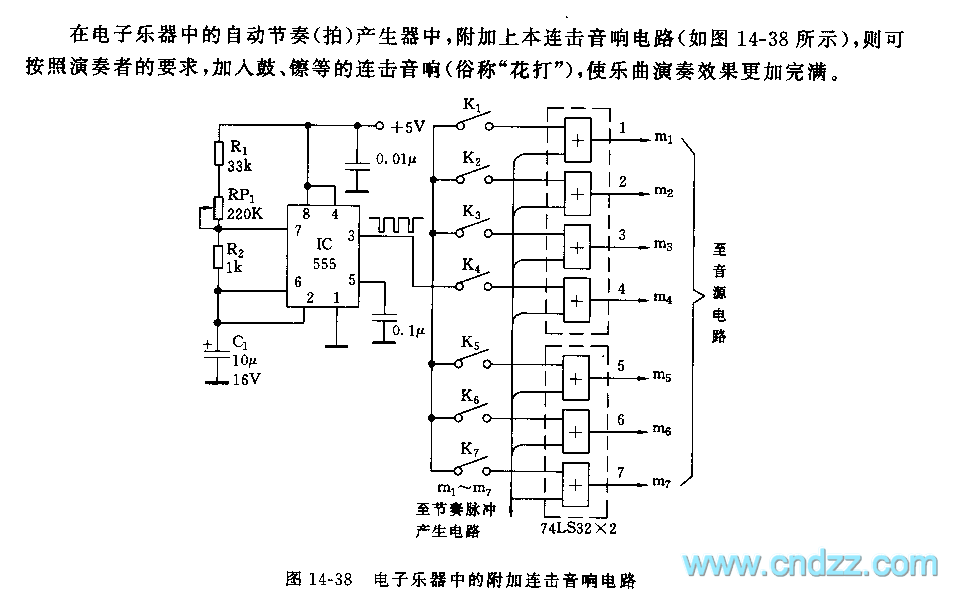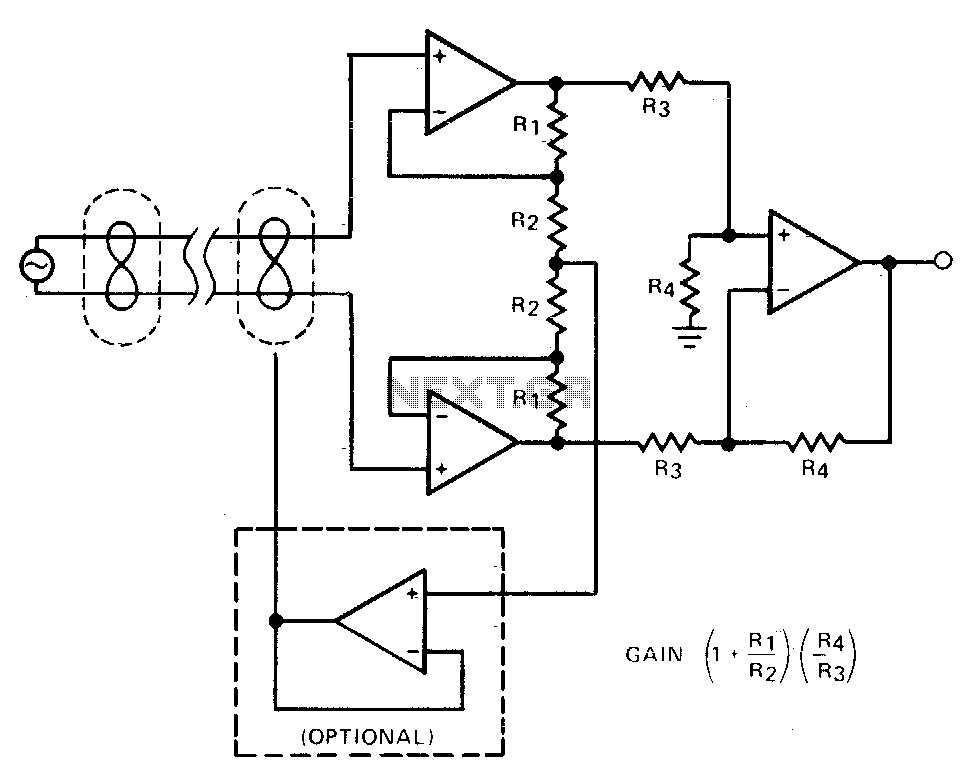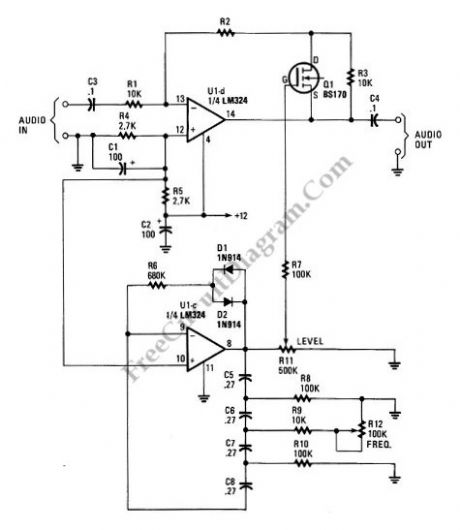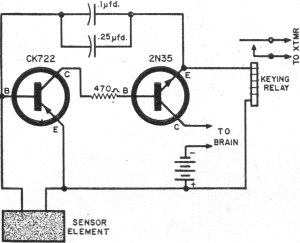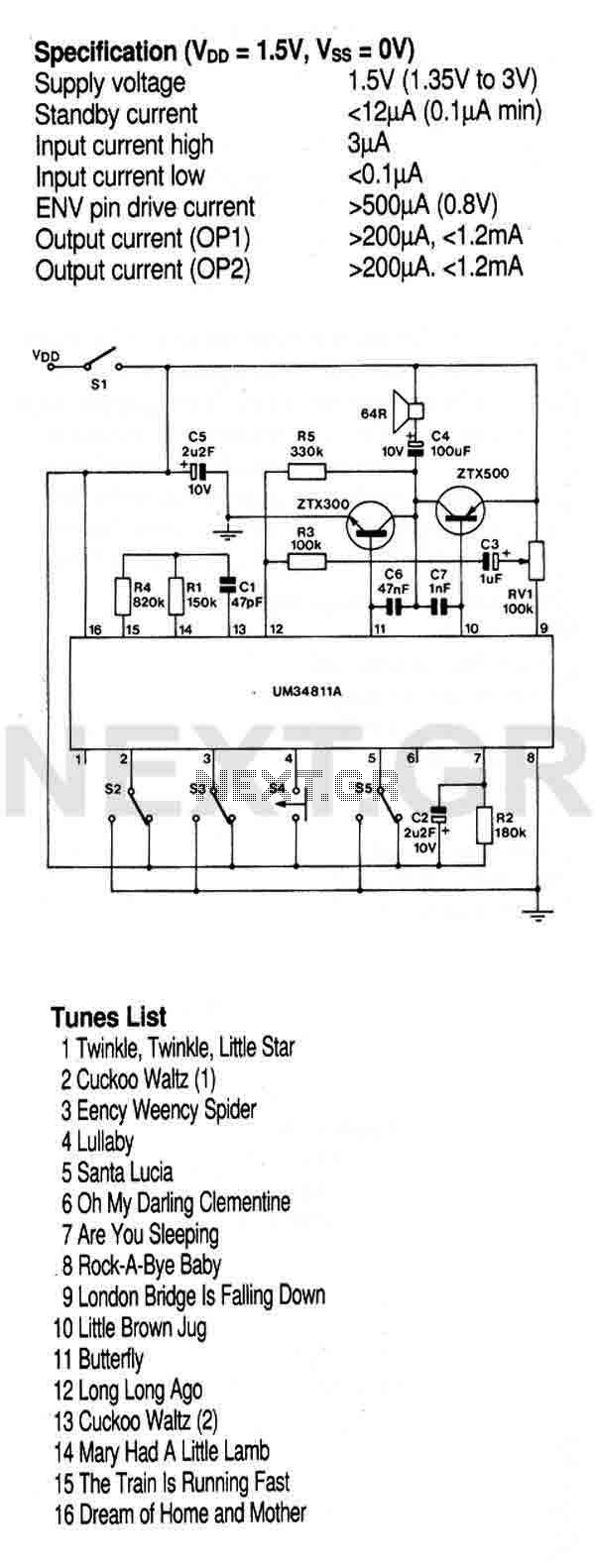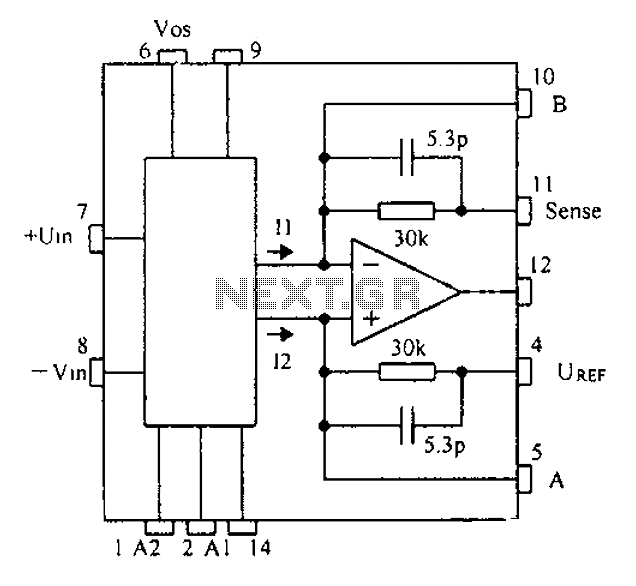
Moollon Musical Instrument
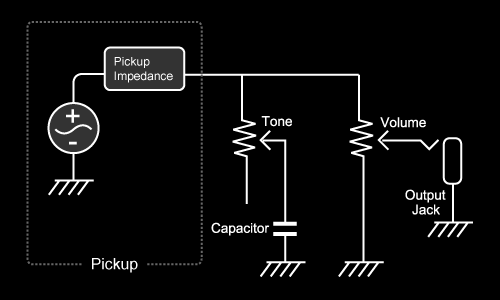
Magnets with a long coil wound around them transform the vibrations of strings into an electric signal. This refers specifically to "magnetic" pickups, not "piezo" pickups. In configurations with 1 Volume/2 Tone or 1 Volume/1 Tone, the hot wires from the pickups connect to the selector switch first. In a 2 Volume/2 Tone setup with a 3-way toggle switch, the hot wires from the pickups connect to the volume pots first before reaching the selector. However, the fundamental role of combining pickups remains consistent across both configurations. Generally, a 250K potentiometer is used for single-coil pickups, while a 500K potentiometer is utilized for humbuckers, providing tone compensation for the bright characteristics of single-coil pickups and the warmer tones of humbuckers.
A capacitor is a passive electronic component that stores energy in the form of an electrostatic field. It consists of two conductive plates separated by an insulating material known as a dielectric. A capacitor blocks direct current (DC) while allowing alternating current (AC) to pass through. Its behavior is frequency-dependent, with higher frequency AC signals flowing more effectively. This property is leveraged to attenuate the treble range in an electric guitar. Typically, a capacitor is connected in parallel to the guitar circuit, with one end connected to the tone pot lug(s) and the other to ground. The tone pot regulates the amount of current flowing to the capacitor. The quality of the capacitor affects the sound quality, even at maximum tone settings, as some signal may still pass through the maximum resistance value (250K or 500K) to ground. Even at tone level 10, the capacitor continues to influence the tone. For instance, Fender® employs a "No Load" pot for one of the tones in the American Series®, which effectively removes the capacitor from the circuit at tone level 10, acknowledging the capacitor's impact even at this setting.
The quality of the output jack's material, shape, and stability also influences sound quality. The signal from the output jack then travels to an amplifier through cables and effects. The square with rounded corners represents the impedance of the pickup, which is determined by the inductance and resistance of the long coil wound around the pickup magnets. "High impedance" signals are particularly sensitive to the cable structure and length, making them prone to losing treble and punch due to cable capacitance. Such signals are also easily affected by ground noise and external electromagnetic interference. The tone pot and capacitor are connected in parallel within the circuit to control the tone. The tone pot regulates the amount of signal that "leaks" to the capacitor, while the capacitor allows high-frequency signals to flow to ground based on its capacitance value.
This configuration creates a versatile system for shaping the tonal characteristics of electric guitars, allowing musicians to tailor their sound according to their preferences and the demands of their musical style. The interplay between the pickups, pots, capacitors, and output jack is crucial for achieving the desired tonal output, making it essential for designers and engineers to carefully consider each component's specifications and interactions within the circuit.Magnets with a very long coil wound around transform the vibrations of strings into an electric signal. (We are talking about "magnetic" pickups, not "piezo" pickups. ) In 1 Volume/2 Tone or 1 Volume/1 Tone types, the pickups` hot wires go to the selector first. In 2 Volume/2 Tone with 3-way toggle type, the pickups` hot wires go to volume pots first and then to
the selector. But the basic role of making combinations of pickups is the same in either type. As a general rule, 250K is used for single coil pickups and 500K for humbuckers, which results in tone compensation for the bright single coil pickups and the mellow humbuckers. A capacitor is a passive electronic component that stores energy in a form of an electrostatic field.
It consists of two conducting plates separated by an insulating material called "dielectric". DC(Direct Current) is cut by a capacitor, but AC(Alternating Current) flows through it. Also a capacitor`s behavior is frequency dependent - AC with higher frequency flows better through it. This characteristic is used for cutting treble range of an electric guitar. You can see a capacitor connected parallel to a guitar circuit with one end of it to the lug(s) of tone pot and the other to the ground.
Tone pot controls the amount of current goes to capacitor. Also the quality of capacitor determines the sound quality even at the maximum tone level(10) because some parts of signal would still penetrate through the maximum resistance value(250K © or 500K ©) to the ground. But the capacitor still affects the tone even at tone level 10 as described above. For example, Fender ® is using "No Load" pot for one of the tones on American Series ®, which excludes the capacitor from circuit at tone level 10.
This means they admit the effect of capacitor even at tone level 10. The quality of jack material, shape, and stability decides the sound quality. Now the signal from this output jack starts a journey to an amp via cables and effectors. The square with round corners indicates impedance of pickup. Pickup impedance is determined by inductance and resistance of the very long coil wound around the pickup magnets. We will talk about impedance on 2. Impedance in a bit more datail. "High impedance" signal means that this signal is very susceptible to the structure and length of cables and easy to lose treble and punch by the cable capacitance.
Also this signal is to be easily interfered with ground noise and external electromagnetic waves. Tone pot and capacitor are connected parallel to the circuit and controls the tone. Tone pot determines the amount of signal "leaking" to the capacitor, and the capacitor lets high frequancy range flow to the ground by its capacitance value. 🔗 External reference
A capacitor is a passive electronic component that stores energy in the form of an electrostatic field. It consists of two conductive plates separated by an insulating material known as a dielectric. A capacitor blocks direct current (DC) while allowing alternating current (AC) to pass through. Its behavior is frequency-dependent, with higher frequency AC signals flowing more effectively. This property is leveraged to attenuate the treble range in an electric guitar. Typically, a capacitor is connected in parallel to the guitar circuit, with one end connected to the tone pot lug(s) and the other to ground. The tone pot regulates the amount of current flowing to the capacitor. The quality of the capacitor affects the sound quality, even at maximum tone settings, as some signal may still pass through the maximum resistance value (250K or 500K) to ground. Even at tone level 10, the capacitor continues to influence the tone. For instance, Fender® employs a "No Load" pot for one of the tones in the American Series®, which effectively removes the capacitor from the circuit at tone level 10, acknowledging the capacitor's impact even at this setting.
The quality of the output jack's material, shape, and stability also influences sound quality. The signal from the output jack then travels to an amplifier through cables and effects. The square with rounded corners represents the impedance of the pickup, which is determined by the inductance and resistance of the long coil wound around the pickup magnets. "High impedance" signals are particularly sensitive to the cable structure and length, making them prone to losing treble and punch due to cable capacitance. Such signals are also easily affected by ground noise and external electromagnetic interference. The tone pot and capacitor are connected in parallel within the circuit to control the tone. The tone pot regulates the amount of signal that "leaks" to the capacitor, while the capacitor allows high-frequency signals to flow to ground based on its capacitance value.
This configuration creates a versatile system for shaping the tonal characteristics of electric guitars, allowing musicians to tailor their sound according to their preferences and the demands of their musical style. The interplay between the pickups, pots, capacitors, and output jack is crucial for achieving the desired tonal output, making it essential for designers and engineers to carefully consider each component's specifications and interactions within the circuit.Magnets with a very long coil wound around transform the vibrations of strings into an electric signal. (We are talking about "magnetic" pickups, not "piezo" pickups. ) In 1 Volume/2 Tone or 1 Volume/1 Tone types, the pickups` hot wires go to the selector first. In 2 Volume/2 Tone with 3-way toggle type, the pickups` hot wires go to volume pots first and then to
the selector. But the basic role of making combinations of pickups is the same in either type. As a general rule, 250K is used for single coil pickups and 500K for humbuckers, which results in tone compensation for the bright single coil pickups and the mellow humbuckers. A capacitor is a passive electronic component that stores energy in a form of an electrostatic field.
It consists of two conducting plates separated by an insulating material called "dielectric". DC(Direct Current) is cut by a capacitor, but AC(Alternating Current) flows through it. Also a capacitor`s behavior is frequency dependent - AC with higher frequency flows better through it. This characteristic is used for cutting treble range of an electric guitar. You can see a capacitor connected parallel to a guitar circuit with one end of it to the lug(s) of tone pot and the other to the ground.
Tone pot controls the amount of current goes to capacitor. Also the quality of capacitor determines the sound quality even at the maximum tone level(10) because some parts of signal would still penetrate through the maximum resistance value(250K © or 500K ©) to the ground. But the capacitor still affects the tone even at tone level 10 as described above. For example, Fender ® is using "No Load" pot for one of the tones on American Series ®, which excludes the capacitor from circuit at tone level 10.
This means they admit the effect of capacitor even at tone level 10. The quality of jack material, shape, and stability decides the sound quality. Now the signal from this output jack starts a journey to an amp via cables and effectors. The square with round corners indicates impedance of pickup. Pickup impedance is determined by inductance and resistance of the very long coil wound around the pickup magnets. We will talk about impedance on 2. Impedance in a bit more datail. "High impedance" signal means that this signal is very susceptible to the structure and length of cables and easy to lose treble and punch by the cable capacitance.
Also this signal is to be easily interfered with ground noise and external electromagnetic waves. Tone pot and capacitor are connected parallel to the circuit and controls the tone. Tone pot determines the amount of signal "leaking" to the capacitor, and the capacitor lets high frequancy range flow to the ground by its capacitance value. 🔗 External reference
